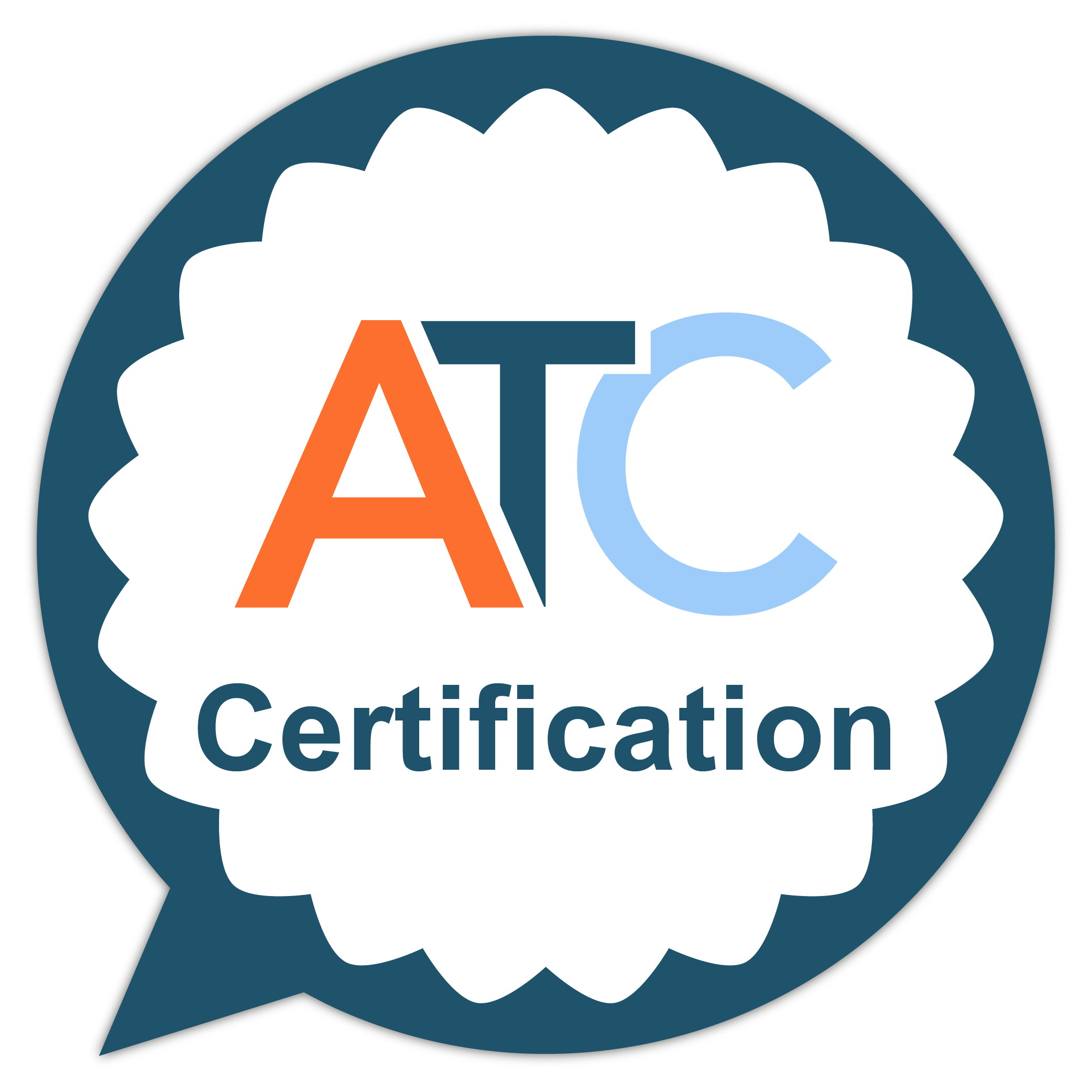
Chris Cox’s experience with ISO standards spans four decades. In fact, he can with good conscience be called the godfather of language service ISO standards in the UK.
In this blog, Chris talks about his background in ISO standards, and his passion for developing translation and interpreting standards that make sense to the language services industry.
Tell us about your background
Back in the 80’s I worked at the British Standards Institute, BSI, drafting ISO standards for a number of different sectors. My passion for the language services industry was ignited in the early noughties when I got involved with the development of EN 15038, the first European standard for translation services, and the precursor of ISO 17100.
Over the past two decades, I’ve been involved in the inception of many more international standards for translation, interpreting and related technologies through BSI and the ISO. In my capacity as ATC Certification’s lead auditor and the UK’s representative at ISO, I continue to work closely with language service stakeholders across the globe.
One hell of a journey
When I started my auditing career with EN 15038, most language service companies were usually only concerned with ISO 9001 for quality management. It still remains the most widely known standard today, but alongside it now sit a host of specialist ISO standards for language services.
I’m very proud of having played a part in the development of so many translation and interpreting standards, but it has been one hell of a journey to get there sometimes. ISO standards by default are drafted in an international committee, where each member country has one vote – and often very different views of what constitutes best practice, so compromises have to be made all the time, but what comes out the other end is always endorsed by the majority of countries.
For me, the benefit of ISO standards is clear. They are a mechanism for service providers to demonstrate their compliance to an international benchmark, and to improve their internal processes.
Path to a perfect audit
Over the years, I have audited many translation and interpreting service providers, mainly language service companies of different sizes, but also freelance translators and interpreters.
What I hold as my golden rule is that the implementation of an ISO standard’s requirements should be commensurate with the organisation’s size and operations. A small language service company with five staff does not require the same level of complexity than a global company with 250 employees. This is what I also look for in my audits – has the service provider truly considered how a standard’s requirements are best implemented, and bring the best value, for their unique operations?
When preparing for an audit, my best tip for service providers is not to assume. The specialist ISO standards’ requirements for translation and interpreting can often seem self-evident, and most of the time, service providers, translators and interpreters follow best practice as a matter of course. Challenges arise when an external auditor arrives at the scene, and evidence for compliance is nowhere to be found.
But that’s the beauty of ISO standards. Whatever a standard requires, you must do, and be able to show evidence of doing. That evidence is what your auditor bases their findings on, and the evidence that carries the strength of your certification in the eyes of your team, your clients, and suppliers.


